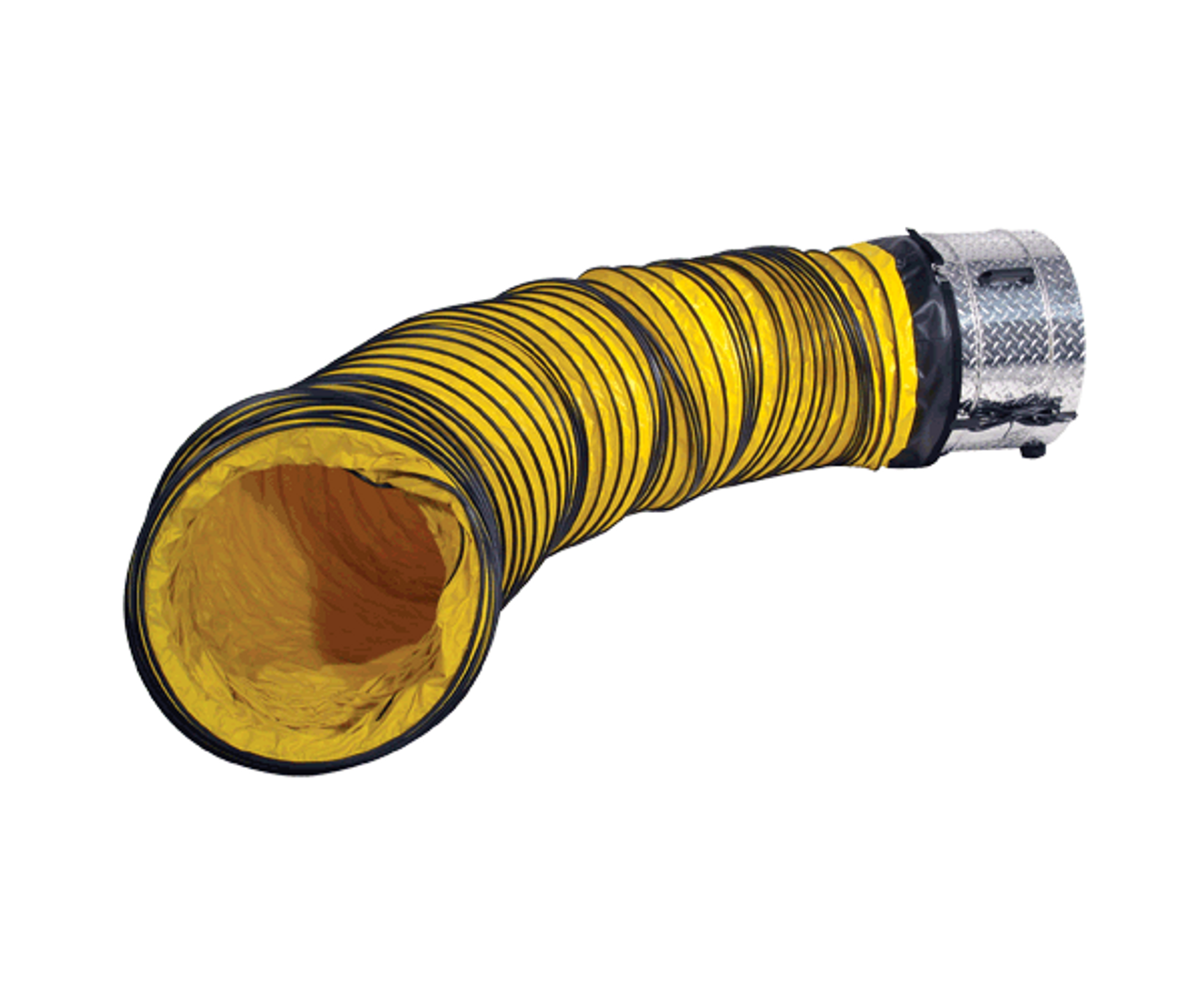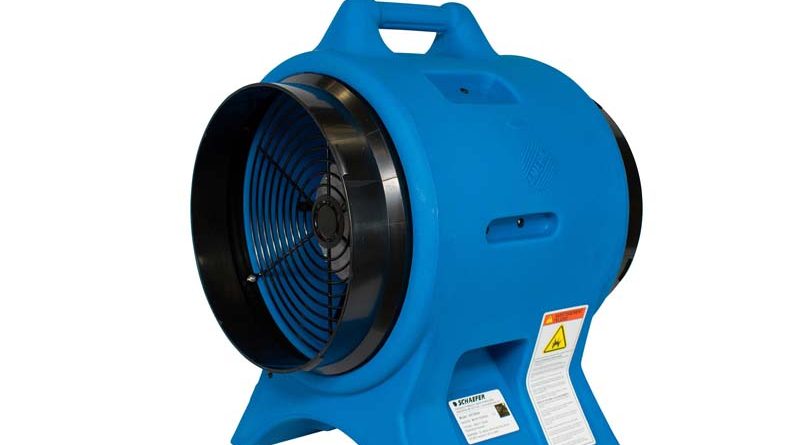

V(T), respiratory rate, positive end-expiratory pressure, and fraction of inspired oxygen were maintained constant throughout the study, and exhaled CO2 was measured continuously. We prospectively tested 3 different ventilator-circuit configurations, in random sequence, for 15 min each: (1) standard hygroscopic heat-and-moisture exchanger (HME) with 15-cm flexible tubing, (2) 15-cm flexible tubing only, (3) no HME or flexible tubing. We hypothesized that, with a patient receiving lung-protective ventilation, the removal of all apparatus dead space from the circuit would reduce P(aCO2) and allow a reduction in minute ventilation.Īll the studied patients met the American-European consensus-conference criteria for acute respiratory distress syndrome/acute lung injury, were receiving a lung-protective ventilation strategy, were > 18 years of age, and were hemodynamically stable.

Standardized use of lower V(T) can result in respiratory acidosis and has raised new concerns about the appropriate configuration of the ventilator circuit, especially in regard to the dead space (V(D)) of the apparatus. Lung-protective ventilation using tidal volume (V(T)) of 4-6 mL/kg (predicted body weight) reduces mortality (compared with traditional V(T)) in patients with acute respiratory distress syndrome and acute lung injury.


 0 kommentar(er)
0 kommentar(er)
